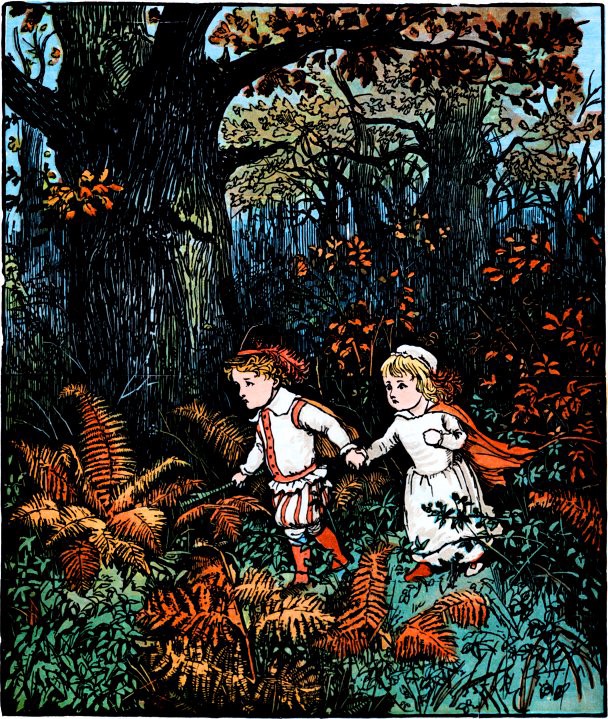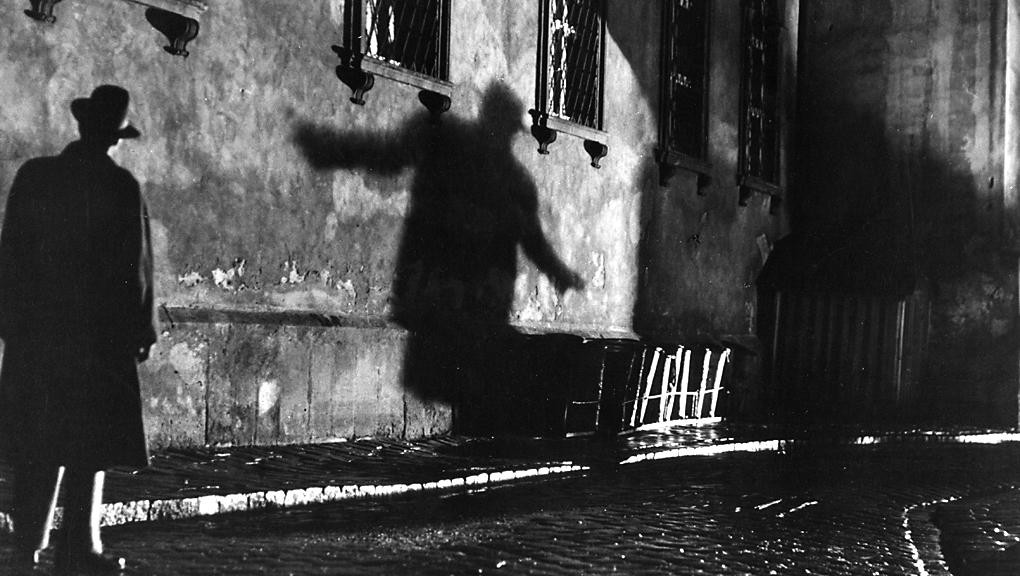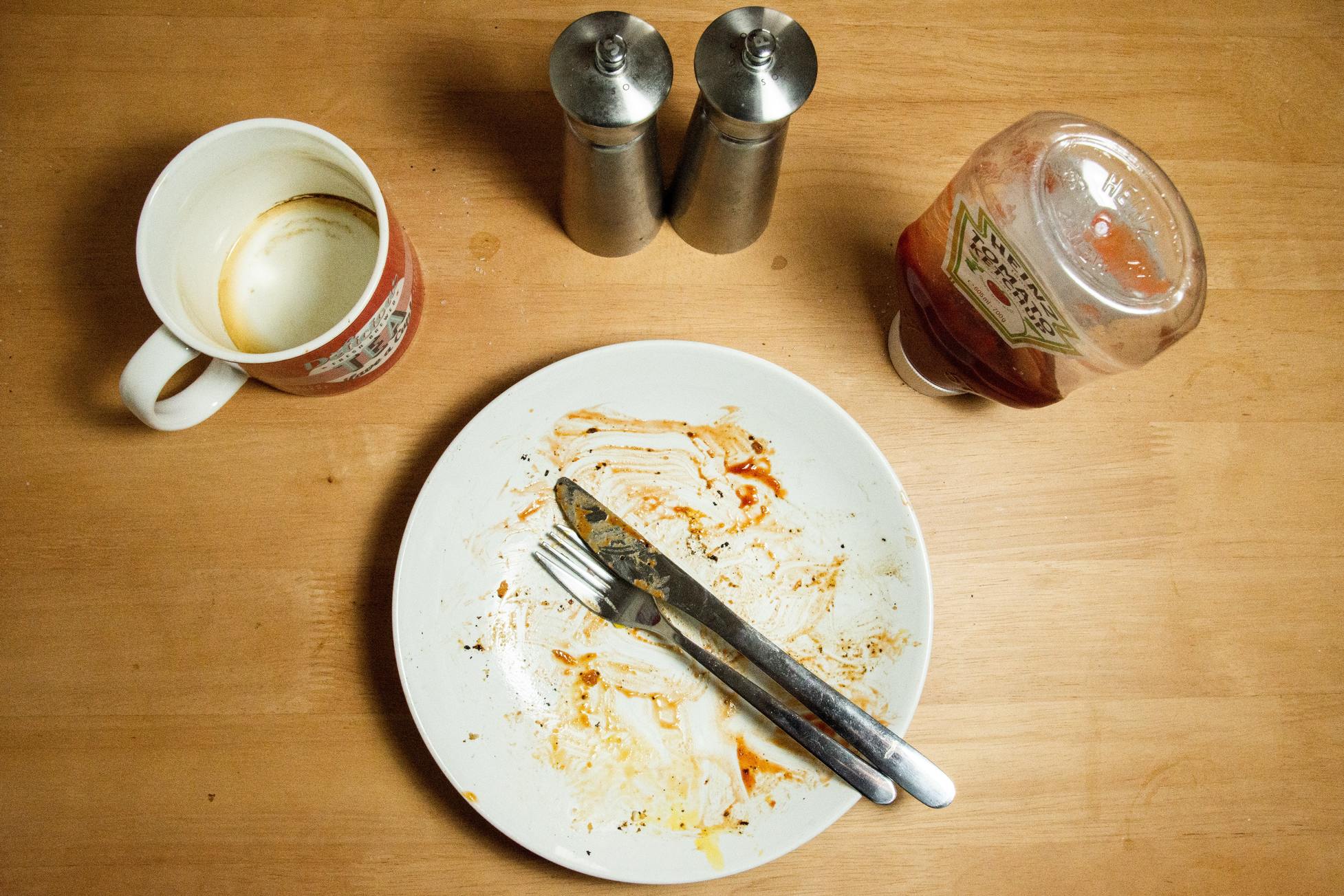Books & Culture
My Journey Into the Woods: What Stephen Sondheim Taught Me About Conceiving a Child

by Carly Rose

When I was in elementary school, one of my favorite hobbies was making lists of names. Mostly girls’ names. I would hunch over a piece of looseleaf paper, pen in hand, and try to fill the white space on the page with as many names as I could possibly think of, all in one sitting. It was a game of endless possibilities and all-consuming creativity, my smudged fist dragging quickly down the page, a swollen, inky protrusion on my middle finger. I’d start at the beginning of the alphabet and work my way to the end. Adeline, Amy, Beverly, Beth, Cora, Clarissa…Yarden, Yvette, Zora, Zadie. I loved reciting the particular strings of syllables aloud in my head, making small changes and watching total transformation. Trudy to Tracy. Greta to Greenie. Bonnie to Bronte.
I’m not sure why the activity brought on such a rush. As a child, I enjoyed writing stories, but these names often did not find their way into my work. Their depth was paper thin, tossed away after the exercise was over, a mere stepping stone for my longer, lovelier list. Weeks later, I’d push the boundaries even further. Today, with all the chic, alternative, hipster-fab names circulating around New York City, I’m certain I could best my last effort.
* * *
In December 2014, Into the Woods hit movie theaters. My husband has been a Sondheim fan since childhood and asked me to see the movie with him. I agreed. Anything to watch Anna Kendrick. In preparation, he played some of the music for me from the Into the Woods Broadway production starring Bernadette Peters. I hadn’t been familiar with it. The lyrics I could appreciate easily; they were meticulously chosen to clever and playful effect. Poetic. I felt dazzled with a phonic fulfillment that surpassed anything I had ever heard. Stephen Sondheim, where have I been all your life? I couldn’t wait to see the movie. But when I inquired more into the plot, I felt at a loss. Jack and the Beanstalk? Cinderella? Little Red Riding Hood? Rapunzel? The awaited enhancement had dispelled into a collection of fairytales. Hadn’t I heard these stories before? What more could I possibly glean from them? The one bright light for me: the baker and his wife. Their wish intrigued me. It seemed so simple. Something they could give to themselves if they chose to do so. More than anything, they wanted a child.
The baker and his wife, their wish intrigued me: It seemed so simple. More than anything, they wanted a child.
In December 2014 my husband and I began to try to conceive our first child. We hoped for a smooth road ahead, but did not expect one. At twenty-nine I had never gotten a natural period in my life. I had been on the pill since I was eighteen, because the doctors had told me that in order to keep my system running I needed the pill to induce an artificial period each month. And so, for eleven years I bled monthly and had the requisite cramps, but I never ovulated. I was told I had eggs. They just never left my ovaries. If my eggs were actual people, I would call them reclusive.
For the baker and his wife, they must venture into the woods to undo a curse cast on their house by their neighbor — a witch — in retaliation for the baker’s father stealing from the witch’s beloved vegetable garden years ago. The greatest betrayal of all was the theft of six magic beans, beans that the witch’s mother had warned her not to lose. As punishment for her loss, the witch was cast from a beautiful, young woman to the wretched old woman she is now. The witch, in turn, casts a spell on the thief’s house, that it will always be a barren one. When the baker and his wife learn of this, they are both devastated, yet determined. They will do whatever is needed to break the curse. The witch makes them an offer: “You wish to have the curse reversed? I’ll need a certain potion first. Go to the woods and bring me back: One: the cow as white as milk; Two: the cape as red as blood; Three: the hair as yellow as corn; Four: the slipper as pure as gold.” If all these items are brought to the witch before the stroke of midnight in three days’ time, she promises that they will have a healthy, neigh, a perfect child. Then she casts them off into the woods to begin their journey.
I had eggs. They just never left my ovaries. If my eggs were actual people, I would call them reclusive.
After college I went off birth control to see what would happen. My cheeks became rosy with acne, a familiar but unwelcome visitor. I also began losing hair. I noticed my thinning hairline in the mirror one day, in the bathroom I shared with one of my two roommates in our midtown east apartment. My hairline was intact on the right side of my head but my scalp peeked through on the left in a way it had not before. In the shower I felt clumps of tangled strands sliver down my back. I was devastated, certain that if my romantic prospects seemed slim now, they were certain to take a veritable nose dive in future months. My mother brought me to a hair growth specialist, who, ironically, was bald. He loaded me up on vitamins to counteract deficiencies that I had. Lysine. B12, Biotin. Vitamin D. I took them religiously. My mother told me to mail my fallen hair home in an envelope so she could count the strands to see if the doctor’s regimen was helping my cause.
Around that same time, I was diagnosed with a genetic condition called congenital adrenal hyperplasia (CAH), a hormonal imbalance caused by a missing enzyme, which is necessary for the production of cortisol. Severe cases of CAH can be fatal. Fortunately, I was diagnosed with non-classical CAH (late-onset CAH). While mild in its symptoms, it does preclude me from natural ovulation. It could also perhaps have been the cause of my severe acne beginning at the age of ten. Or the hair loss. Or the fact that I was average height as a child but turned out to be a short adult. Perhaps. Either way, I wasn’t too concerned. The doctor had told me that when I was ready, I could still have children. I just couldn’t start the process too late. Thirty, she told me, time and again, was the magic number. I got back on the birth control pill and continued on with my life. My hair stopped falling out, or maybe I just stopped counting.
Thirty, she told me, time and again, was the magic number.
The journey into the woods is, predictably, rife with conflict. For the baker and his wife, collecting these items in three days’ time proves to be more challenging than anticipated, both physically and emotionally. There arises the question of who needs the items more. To the baker and his wife, these four items mean they will have the child they have pined over for so long. What’s problematic is that these items are the dear possessions of the people encountered along the way. The cow as white as milk is best friend to a poor boy named Jack, whose mother has instructed him to go to the market and sell the sickly cow for as high a price as he can fetch. The cape as red as blood belongs to Little Red Riding Hood, and it is her only protection against the dangers of the woods. The hair as yellow as corn belongs to Rapunzel, a fair maiden locked in a tower, and it is the one thing that allows her visits from her beloved prince. The slipper as pure as gold belongs to Cinderella, whose fancy attire has gained her admittance into the royal life of her dreams.
The baker and his wife don’t have much to trade for these possessions, but they do have the beans. Magic beans, supposedly. Is it wrong to fool the poor boy into trading his cow for beans of questionable, and as yet, unproven power? The baker’s wife seems to think not: “If you know what you want, then you go and you find it, and you get it, and you give and you take, and you bid and you bargain, or you live to regret it.” Though I knew her judgment was questionable, I couldn’t help but take her side. What won’t we do for our children, even if they don’t exist yet?
What won’t we do for our children, even if they don’t exist yet?
Turns out, I hadn’t waited for my doctor’s deadline. Something had shifted in me before my thirtieth birthday. During the summer of 2014 at the age of twenty-nine, I summited Mt. Kilimanjaro. In the months following my arrival back home, I felt my wanderlust go on an indefinite hiatus. I wanted a baby. My husband did too. In January, after 10 weeks off the pill, I began my first round of Clomid at 50mg, one pill over the course of five days. There were evenings when I woke in a profuse sweat, or mornings when the edges of objects blurred, but aside from these side effects, I felt okay. Two days after I completed my five-day course, I went for a blood test. The results were disappointing: my eggs, cozily tucked away in my ovaries, were not growing. Nothing was happening. Next I went on 100mg of Clomid. Lo and behold, I ovulated. I was instructed by the nurse when to have intercourse and told to take a pregnancy test in two weeks. As any woman trying to conceive will tell you, there is nothing more interminable than the two-week waiting period to see if the egg and sperm took. As any woman (and man) will also tell you, reducing lovemaking to a routine appointment is a foolproof antidote to romance.
As any woman trying to conceive will tell you, there is nothing more interminable than the two week waiting period to see if the egg and sperm took.
On the designated morning, I ripped open the home pregnancy test and made my way to the bathroom. I peed on the stick and set it aside on the tub to wait for the results. Plus meant pregnant. Minus meant not pregnant. I was a minus. I consoled myself with the fact that this was just a trial period to see if the dosage of the medication worked, and it had. Success! (Sort of.) But the second time I tried it, 100 mg was a flop. A flop, but not a total failure. I had enough of a lining that I had to go on Provera to release it. I did not fare well on the medication. I was short with family members, cried hysterically without cause, and felt my generally sunny outlook plunge into darkness. The next round, my Clomid dosage was increased to 150 mg.
These days, Clomid wasn’t so easy either. I had tired of the routine surrounding the medication, and the constant purple bruises on the soft skin of my elbow. I was seeing the phlebotomist more than my friends and felt myself becoming bitter with my lot. I began to despise the thoughtlessness behind TV shows about teen moms, started to avoid my Facebook newsfeed because there were too many babies staring back at me and none were mine. Despite my husband’s constant comfort and support, I felt like I was failing. Wasn’t conceiving a child supposed to be the most natural thing in the world?
At some point in the woods, the baker and his wife realize that if they want this child, they can’t go it alone. They need to work together in order to secure the items that the witch has asked of them. And so they do, each helping the other to reach their mutual goal. This team approach works wonders for their relationship. Only now do they start to see the value that the other has brought to the journey. The hardship that has been their time in the woods has birthed a magic of its own, freeing them from their limitations and allowing them to set their sights on what really matters: their future family. The end is in sight.
If the story ended on this high note, I might have felt cheated, for the obstacles faced were flimsier than at first sight. But Sondheim knew, there’s always a second act.
The 150 mg of Clomid was working. Each month I tried it I successfully ovulated, sometimes multiple eggs. I was regularly in touch with a wonderful nurse and at each turn, we were excited for good news. It seemed that my situation was steadily improving. Each time the two-week waiting period ended, I took my test, first thing in the morning. I tried to visualize a plus sign on the pee stick. I channeled The Secret. I squinted my eyes. Nothing. When I realized how much money I was spending on these tests, I eschewed store brands, opting for a slew of cheaper online tests instead. On these tests a positive result came in the form of a second line. Just as well, I had grown tired of the minus sign anyway. By this point, my husband and I had turned to intrauterine injection (IUI), in which the sperm is injected directly into the uterus. We hoped it would increase our chances of success. For months, I waited for that second line. But it never appeared.
At the end of Part I of Into the Woods, the baker and his wife, successful in their mission, become pregnant with a child as the witch has promised. The witch, in turn, transforms into the beautiful woman she once was years before. Everyone who ventured into the woods to get the thing that they did not have now has it. Jack and his mom are rich with the gold coins he stole from the giants when he climbed up the beanstalk. Little Red Riding Hood has the newfound wisdom that will keep her safe in the future. Cinderella is now married to the prince, presiding over a royal court, and the baker and his wife are a happy family of three. If the story ended on this high note, I might have felt cheated, for the obstacles faced were flimsier than at first sight. But Sondheim knew, there’s always a second act.
Who knows? Maybe they’ve been there all along, traveling in the woods beside me, telling me that they’re on their way. Me, their mother.
I recently began in vitro fertilization. It has meant stronger medications (read: headaches and general exhaustion), an abundance of needles and more frequent monitoring. But the more I talk about it, the more I learn how many people have done it or are about to do it. I even had an unexpected reunion with an old friend in the doctor’s office waiting room. While the baker and his wife seemed to be the only people in their community who wanted a child, at least I have the comfort that I’m not alone. No one is alone. Sondheim got this right too.
* * *
I still think of those lists of names. The lists I so enjoyed creating back when I was a child, for no one but myself. The lists that tried to squeeze in as many names as could possibly fit on a page. Mostly girls’ names. But some boys too. Hundreds of them, standing at attention, trying to decipher my next move. These days, I wonder if my children were on that list. I wonder if I could pick out and circle their names. Who knows? Maybe they’ve been there all along, traveling in the woods beside me, telling me that they’re on their way. Me, their mother.
Sometimes I have visions of the future. My children are running around the house, my sons, my daughters. Sometimes there are three, sometimes five. They are loud and unruly and brilliant and kind and I’m sitting with my husband in the center of the chaos, beaming with a satisfaction that could only be conjured by a woman trying to conceive, who has both glamorized and whitewashed the messy travails of early motherhood.
The truth remains, I don’t know when the woods will end. My journey will get more difficult before it gets easier. But when I imagine what could be mine, I know I’d walk through the woods and back, if only to find it.









